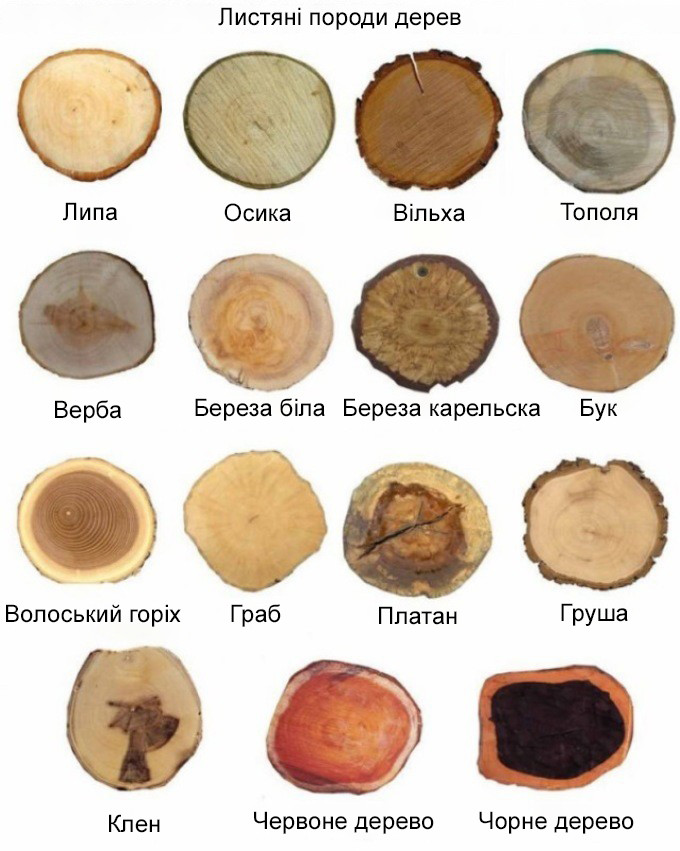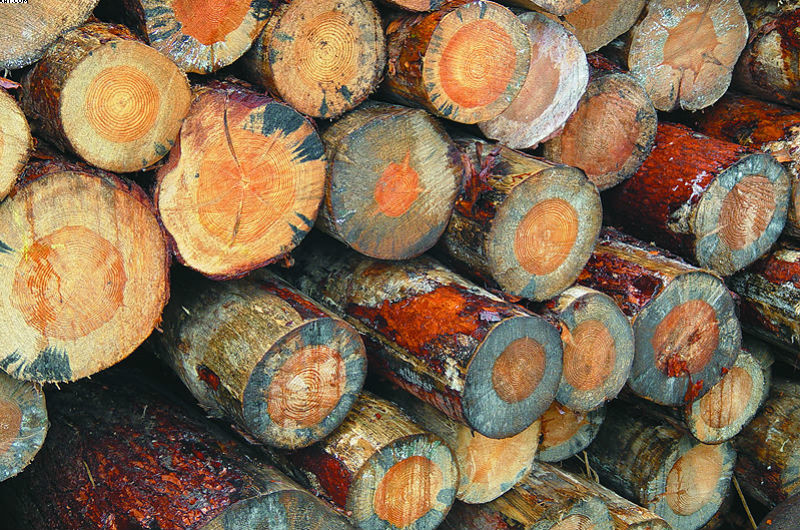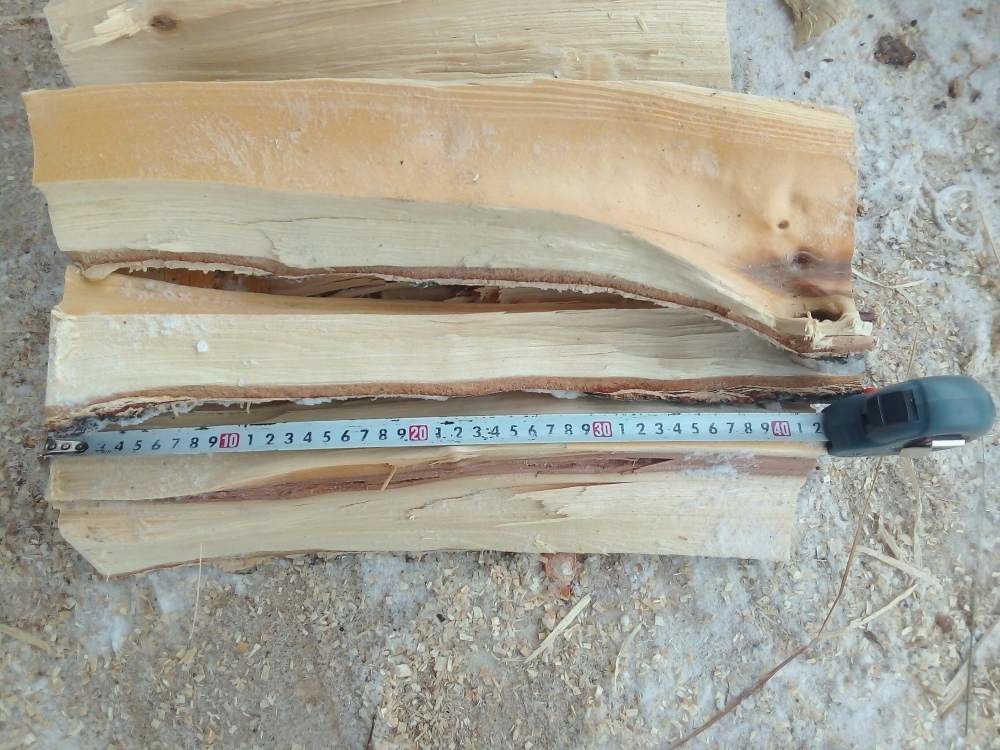Якими дровами краще опалювати твердопаливний котел?
If you are the owner of solid fuel equipment that uses firewood as fuel, one of the first questions is what kind of firewood is best to use for the boiler.
When choosing wood for a solid fuel boiler, the main criterion is the level of their heat transfer, which determines the energy efficiency indicator. Therefore, the choice of fuel for the boiler requires knowledge of some data on wood species in order to select a specific type of fuel that meets the desired heat transfer and affordability.
How suitable are conifers for solid fuel boilers?
To answer this question, you need to focus on the specific characteristics of the most common types of wood.

Firstly, they are divided into coniferous and deciduous.
Coniferous firewood:
- Pine;
- Spruce;
Coniferous firewood has a feature - good burning, but fast combustion. When burning, pine needles emit a large amount of smoke and a noticeable amount of resin that settles on various parts of the equipment and inside the chimney.
The most commonly used hardwoods include:
- Acacia; Birch;

In order to make the right choice of rock for heating, it is necessary to take into account the price/quality indicators, it is necessary to be guided by the ratio of the volumetric calorific value of rocks. Keeping in mind that solid fuels are measured in volumes, it is necessary to correlate the price of m3 with the amount of heat released during the combustion of a cubic meter of wood of a particular species.
The following is the ratio of heat transfer of the most popular wood species in Ukraine:
- acacia / pine - 1.55; acacia / oak - 1.16;acacia / birch - 1.25;
- oak / birch - 1.08;
- oak / pine - 1.34;
- pine / birch - 0.81.
- The duration of their burning;
- The level of heat transfer; The amount of emissions (smoke, tar);Complexity of preparation (drying, storage).
Among the most popular types of wood
- Ash; White acacia;
- Hazel;
- Cherry; Birch;Cedar;Walnut;Cherry;
- Alder.
- Aspen;
- Poplar;
- Spruce;
- Pine.
- Acacia and oak have a low natural moisture content and are great for heating immediately after cutting. Oak has the longest burning time, but the wood is difficult to ignite.
- Poplar, like other softwoods, burns out very quickly, leaving almost no heat. You can heat with these species, but you should take into account the fuel consumption, which will be very significant.
- Aspen and alder burn out quickly, but burn cleanly, without soot on the chimney. This is a significant advantage when maintaining equipment.
It is possible to use conifers for solid fuel boilers, but it is highly undesirable to do so. Since conifers emit resins when burning, this contaminates the boiler, making it difficult to clean and operate. A large amount of soot is formed in the chimney. Conifers also burn out quickly, which increases fuel costs. The end in this case does not justify the means at all!
That is why we do not recommend using coniferous firewood.
What kind of firewood is best for a boiler?
Oak and beech are the best firewood for a boiler, so it is not surprising that they are also the most expensive. Conifers will be the cheapest, but it is not recommended to heat the cauldron with them. Apple and pear are an inexpensive option, they are much cheaper than oak and have good heat transfer. The price of firewood from birch is more expensive than apple, but cheaper than pear.
Heat transfer values of popular wood species
|
Species |
Densitykg/m3 |
Capacity of the heat exchangerandcapacity, kcal/dm3 |
|
Pine |
505 |
1990 |
|
Larch |
665 |
2620 |
|
Spruce |
445 |
1753 |
|
Fir |
375 |
1473 |
|
Cedar |
435 |
1714 |
|
White acacia |
800 |
3032 |
|
Pear |
710 |
2735 |
|
Grab |
795 |
3062 |
|
Apple tree |
710 |
2735 |
|
Maple |
690 |
2653 |
|
Oak |
690 |
2653 |
|
Book |
630 |
2620 |
|
Ash |
630 |
2620 |
|
Birch |
640 |
2465 |
|
Language |
650 |
2504 |
|
Walnut |
590 |
2273 |
|
Aspen |
495 |
1907 |
|
Alder |
525 |
2022 |
Linden |
495 |
1907 |
|
Willow |
455 |
1753 |
|
Poplar |
455 |
1753 |

